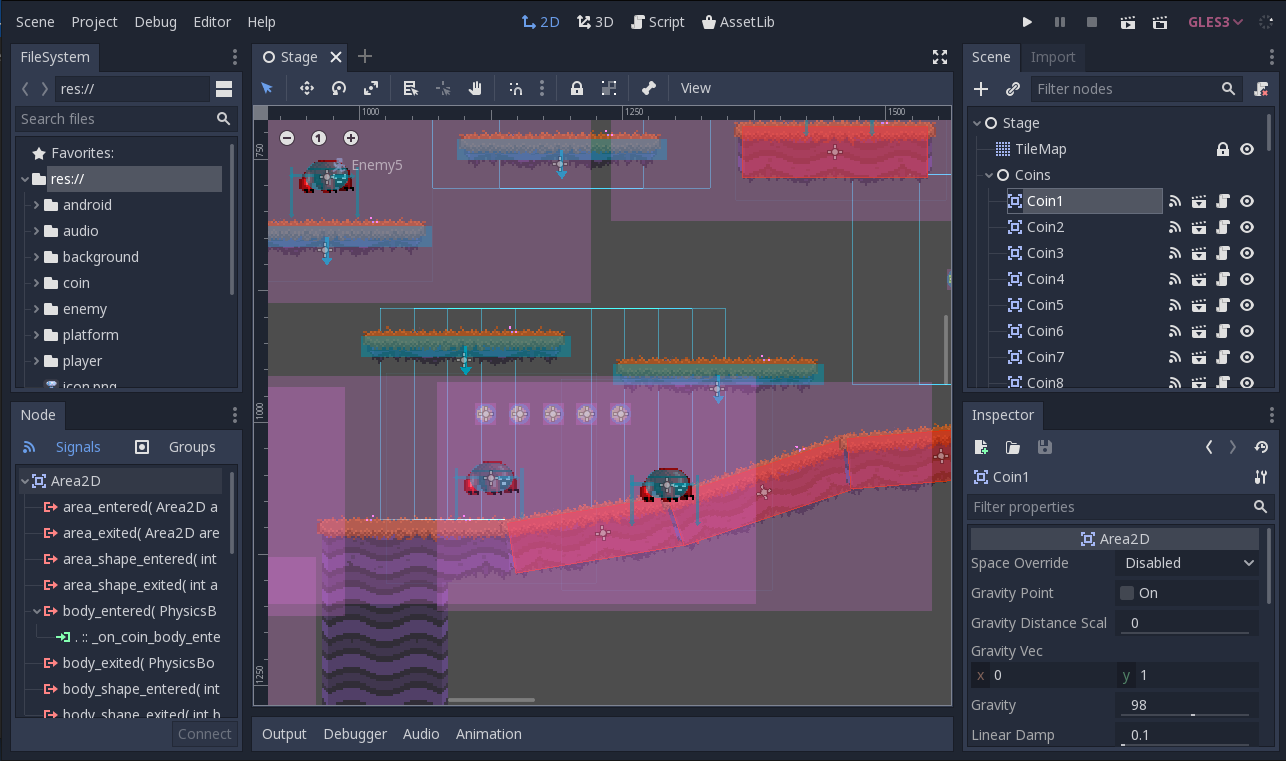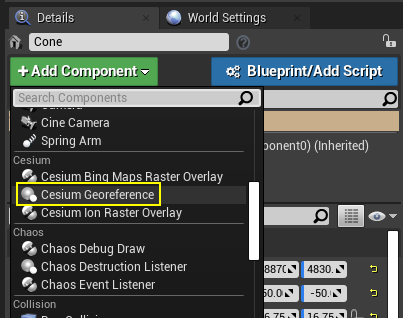


Read more about the required inputs for each API below.

Mapbox Optimization API: retrieve duration-optimized trips between input coordinates.Mapbox Matrix API: retrieve all travel times between many points.Mapbox Directions API: retrieve point to point directions including a route with durations, estimated distances, and turn-by-turn instructions.Mapbox offers four directions-related services: You can access these services directly using the web services APIs, through our Navigation SDK, or using one of several plugins and libraries to integrate these services into applications across platforms. There are many tools you can use to enable directions-related services for your Mapbox web or mobile application. Real-time and typical trafficįor the following countries, the returned ETA is calculated using both real-time and typical traffic data along the requested route. Typical traffic data reflects normal traffic conditions during a typical week. Typical traffic is an estimate for traffic speeds at a specific location, at a specific time, based on historical observations. If real-time traffic conditions are not available in a specific country, typical traffic conditions will be used instead. Real-time traffic data is useful if there are atypical traffic patterns (for example, during severe weather events or accidents). Real-time traffic shows speeds that have been directly observed in the 15 minutes before data generation. The mapbox/driving-traffic routing profile is available globally, but the availability of real-time traffic-dependent travel times varies by country. Read more about our traffic tileset in Our map data. Incorporate real-time and typical traffic data into route selection and ETA generation using the mapbox/driving-traffic routing profile with the Mapbox Directions API, Map Matching API, or Matrix API, or add a traffic layer to road geometries on a visual map. Traffic derived from real-time telemetry data (when the traffic profile is used).The speed stored in the maxspeed tag in OpenStreetMap.

The routing profile used (walking, cycling, driving).The time it takes to travel from one point to another is determined by many factors, including: The Mapbox Directions API, Matrix API, and Optimization API all provide estimated trip durations. For the purposes of the Mapbox Navigation service APIs, ways can be roads, foot paths, or bicycle lanes. The routing network includes a robust network of roads and paths (also known as ways) with distinct attributes like speed limits, turn lane restrictions, mode of travel, and accessibility for bikes and pedestrians.Ī way is an OpenStreetMap term used to describe an ordered list of nodes (points) which normally also has at least one tag, or description. The Mapbox routing network can create routes and optimized trips, and is used to calculate the most efficient path for a given mode of transportation (driving, cycling, and walking). There are many other services that extend Mapbox directions that allow you to fix messy GPS traces to the network or optimize trips to multiple stops on a single journey. When you provide two or more points to the Mapbox Directions API, it returns a route as a GeoJSON line that you can add to your map, text for turn-by-turn instructions that you can choose to display in your application, and the distance and estimated travel times for the mode of transportation you selected. This example hides the turn-by-turn instructions and displays the raw JSON response to illustrate what information is included in the directions response object. By default, the plugin will also display turn-by-turn instructions. When using the Mapbox GL Directions plugin, all this information will be automatically added to the map when a request is complete. The Mapbox Directions API returns a JSON object containing a route with trip durations, estimated distances, and turn-by-turn instructions. The demo uses the Mapbox Directions API through the Mapbox GL Directions plugin with Mapbox GL JS to add driving, cycling, or walking directions to a web application.


 0 kommentar(er)
0 kommentar(er)
